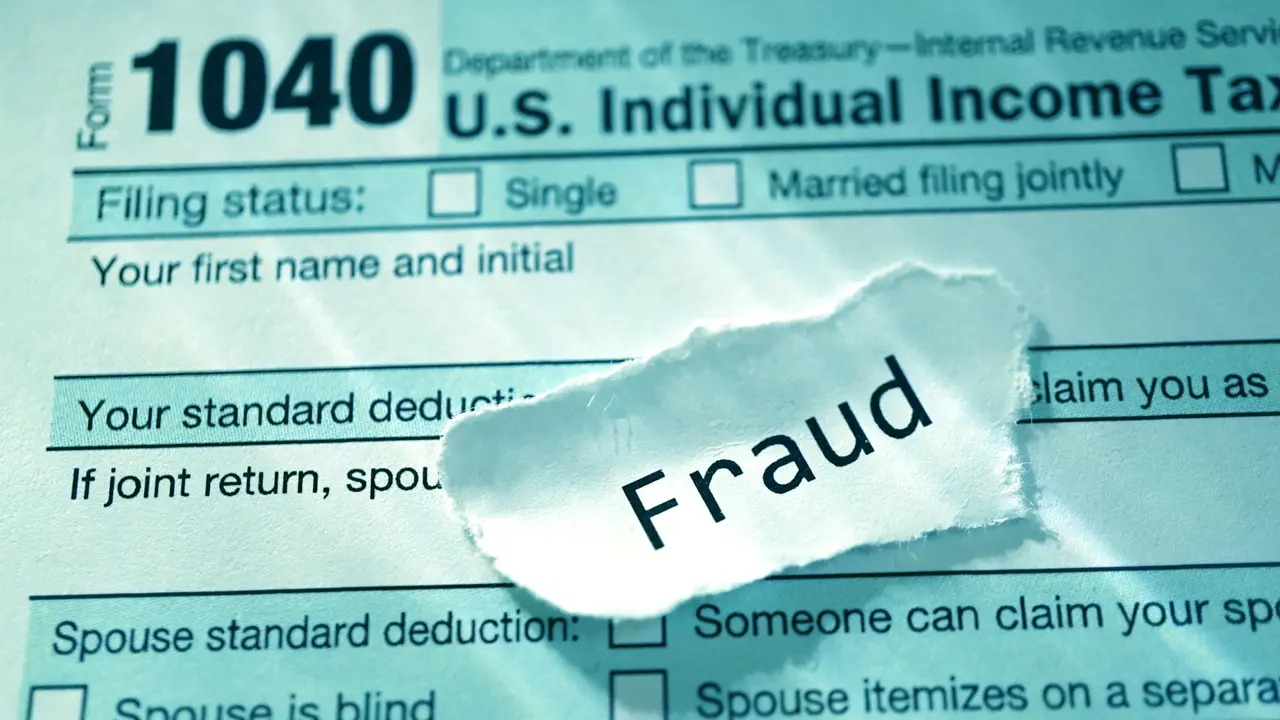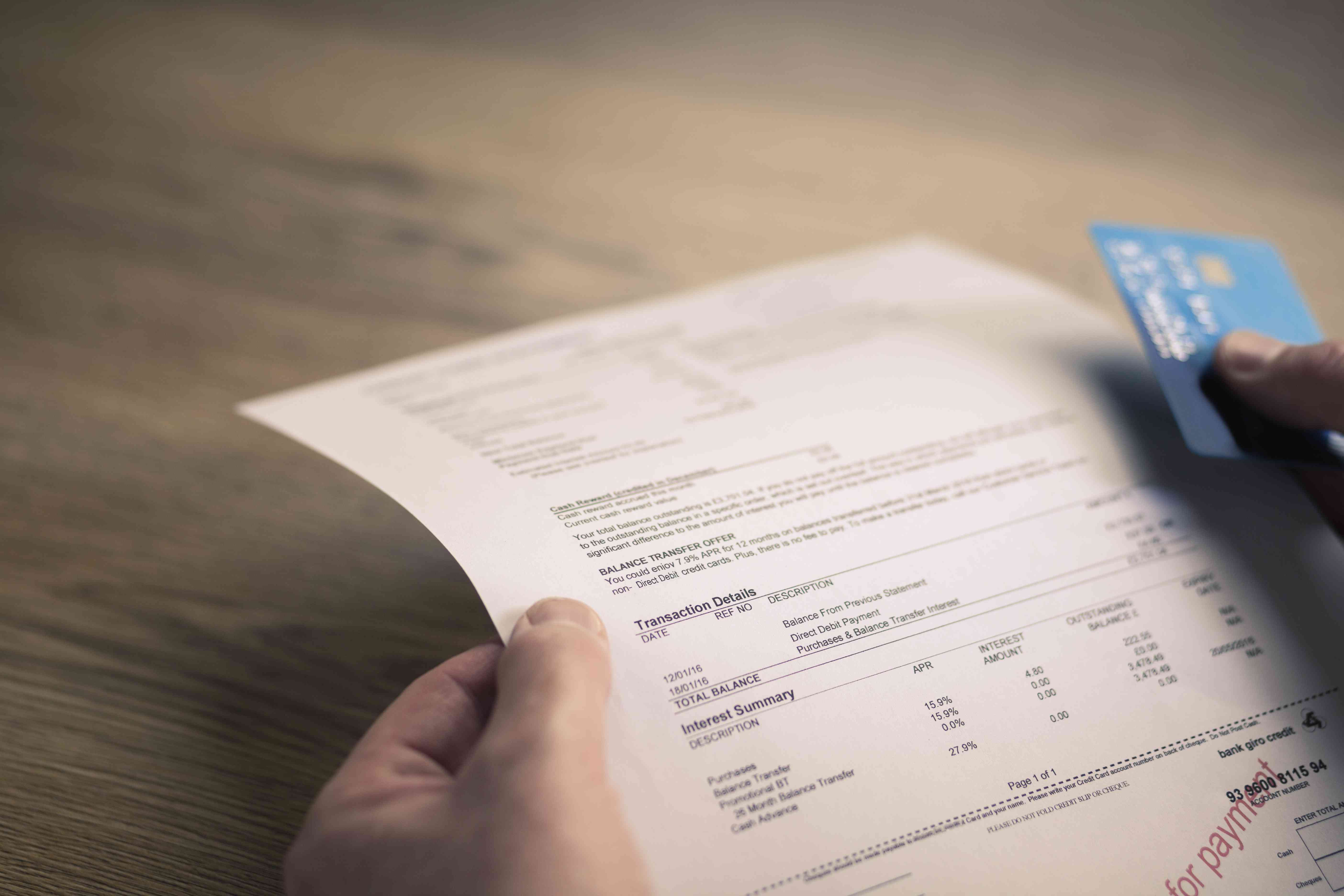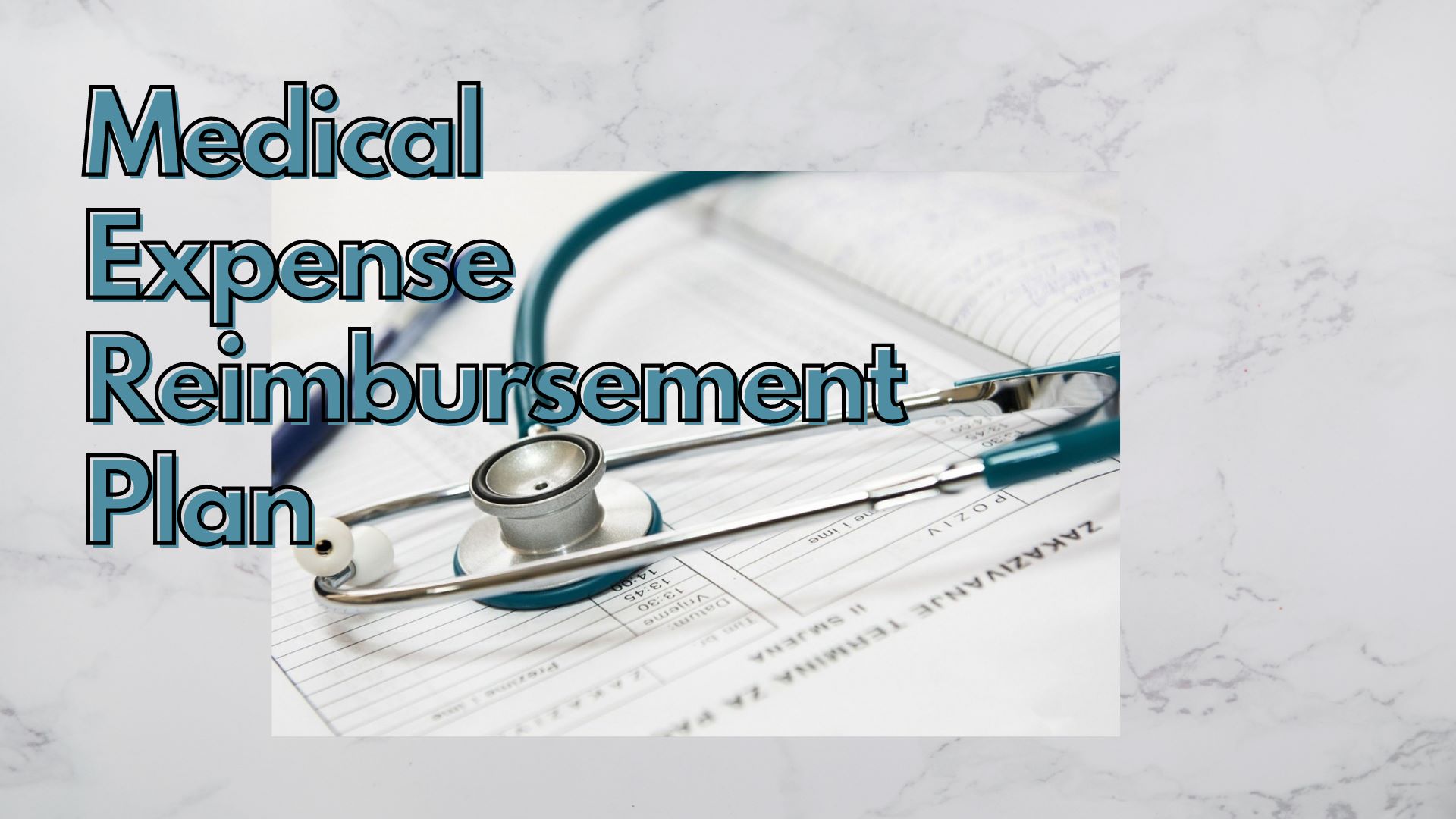Home>Finance>How Do I Find Out How Many Payments I Have Made On My Student Loans


Finance
How Do I Find Out How Many Payments I Have Made On My Student Loans
Published: January 20, 2024
Find out the total number of payments made on your student loans with our finance tool. Stay on top of your loan repayment progress and financial goals.
(Many of the links in this article redirect to a specific reviewed product. Your purchase of these products through affiliate links helps to generate commission for LiveWell, at no extra cost. Learn more)
Table of Contents
- Introduction
- Gathering the Necessary Information
- Contacting Your Loan Servicer
- Checking Your Online Account
- Reviewing Your Statements
- Requesting a Payment History
- Utilizing Loan Tracking Tools
- Contacting the National Student Loan Data System (NSLDS)
- Reaching Out to Your Financial Aid Office
- Seeking Assistance from a Student Loan Counselor
- Final Thoughts
Introduction
Student loans have become a common financial burden for many individuals pursuing higher education. Keeping track of your loan payments is crucial to understanding your progress in repaying your student loans and managing your overall financial situation. Knowing how many payments you have made on your student loans can help you stay organized, plan for the future, and ensure that you are on the right track towards becoming debt-free.
In this article, we will explore various methods and resources that can help you find out how many payments you have made on your student loans. Whether you are looking to determine your progress on federal loans, private loans, or a combination of both, we have got you covered.
Understanding your payment history is not only essential for your own knowledge, but it can also be valuable when assessing your eligibility for loan forgiveness programs, income-driven repayment plans, or refinancing options. So, let’s dive in and discover the different ways to uncover your student loan payment history.
Gathering the Necessary Information
Before you can begin the process of finding out how many payments you have made on your student loans, it is important to gather all the necessary information. Having this information readily available will make the process smoother and help you get accurate results. Here are a few key pieces of information you will need:
1. Loan Servicer Contact Information: Collect the contact information for your loan servicer(s), both for your federal loans and any private loans you may have. This includes their phone number, email address, and website.
2. Loan Account Numbers: Make sure you have your loan account numbers on hand. These are typically alphanumeric codes that identify your specific loan accounts.
3. Social Security Number: Have your Social Security Number or FSA ID (if you have one) ready. This will help verify your identity when contacting your loan servicer or accessing online accounts.
4. Personal Information: Be prepared to provide personal information such as your full name, date of birth, and address to verify your identity when discussing your student loans.
Once you have gathered all the necessary information, you can proceed with contacting your loan servicer and accessing your loan details. Remember to keep this information in a safe and secure place for future reference.
Contacting Your Loan Servicer
One of the most direct ways to find out how many payments you have made on your student loans is by contacting your loan servicer. Your loan servicer is the company responsible for managing your loans, including collecting payments and providing assistance with repayment options. Here is how you can reach out to them:
1. Phone: Look for the customer service phone number provided by your loan servicer. Call the number and follow the instructions to speak with a representative. Provide them with your loan account number and any other necessary information. They will be able to provide you with details about your payment history, including the number of payments you have made.
2. Email: Alternatively, some loan servicers offer communication via email. Check their website or contact them to inquire about email support. Send them a message requesting your payment history and include your loan account number and any other relevant information. Make sure to provide a clear and specific request to expedite the response.
3. Online Chat: Some loan servicers have a live chat feature on their website. This can be a convenient option if you prefer to communicate online. Access their website and look for the chat option. Provide the necessary details and ask for your payment history information. A customer service representative will assist you in real-time.
When contacting your loan servicer, it is important to remain patient and prepared. Have your loan account number and any other relevant information readily available. Be clear about your request, and if needed, ask for clarification or additional documentation to support your inquiry. Keep a record of the conversation for future reference and follow up if necessary.
Checking Your Online Account
If you have an online account with your loan servicer, accessing it can provide you with a quick and convenient way to find out how many payments you have made on your student loans. Many loan servicers offer online portals or platforms where you can view your loan details and payment history. Here’s how you can check your online account:
1. Create an Account: If you haven’t already done so, visit your loan servicer’s website and look for the option to create an online account. Follow the registration process, which typically involves providing your loan account information, email address, and setting up login credentials.
2. Log In to Your Account: Once you have created your online account, log in using your username and password or other relevant credentials. This might include your Social Security Number or FSA ID. Make sure to choose a strong and secure password to protect your personal information.
3. Navigate to Payment History: Once logged in, explore the menu or options available on your online account dashboard. Look for a section related to payment history or loan details. The specific wording or location may vary depending on the loan servicer, but it should be easily accessible.
4. Review Payment History: Within the payment history section, you should be able to see a breakdown of your payments, including the number of payments made to date. This may include information such as the date of each payment and the amount applied to principal and interest.
5. Download or Print: If desired, you can download or print your payment history for future reference or documentation purposes. This can be useful if you need to provide proof of your payment history for loan forgiveness programs, refinancing applications, or any other reason.
Checking your online account provides you with the convenience of accessing your payment history anytime, anywhere. It allows you to track your progress in repaying your student loans, stay organized, and make informed decisions about your financial situation.
Reviewing Your Statements
Another way to find out how many payments you have made on your student loans is by reviewing your loan statements. Loan servicers typically send statements on a regular basis, whether monthly, quarterly, or annually, depending on the terms of your loan. These statements provide a detailed breakdown of your payments, outstanding balance, and other important information. Here’s how you can review your statements:
1. Check Your Mail or Email: Keep an eye out for your loan statements in your mailbox or email inbox. Loan servicers usually send statements to the address or email on file, so it’s important to ensure your contact information is up to date. If you don’t receive your statements, contact your loan servicer to verify your address or email on file.
2. Read the Statement: When you receive your statement, carefully review the information provided. Look for details about your previous payments, including the date, amount, and any applied interest or fees. Some statements may also include a summary of your payment history, indicating the total number of payments made so far.
3. Note the Payment Count: Take note of the payment count provided on the statement. This will indicate how many payments you have made towards your loan to date. This number may be expressed in terms of months or in a numerical count, depending on the loan servicer’s statement format.
4. Compare with Previous Statements: If you have been receiving statements for some time, compare the payment count from the current statement with the previous ones. This will help you track your progress and ensure that the number of payments is consistent and accurate. If you notice any discrepancies or have any questions, reach out to your loan servicer for clarification.
Reviewing your statements not only allows you to determine the number of payments made on your student loans but also gives you valuable insights into your overall loan status. It helps you understand how your payments are applied to principal and interest, and provides a snapshot of your remaining balance and any additional charges or adjustments.
Requesting a Payment History
If you are unable to access your payment history through online accounts or statements, or if you need a more detailed breakdown of your payments, you can request a payment history directly from your loan servicer. Most loan servicers are able to provide this information upon request. Here’s how you can go about it:
1. Contact Your Loan Servicer: Reach out to your loan servicer via phone, email, or their online contact form. Inform them that you would like to request a payment history for your student loans. Provide your loan account numbers and any other necessary information to help them locate your loan records.
2. Clarify Your Request: Clearly state that you want a detailed payment history, specifying the time period you are interested in. You may request a comprehensive history encompassing all payments made since the start of your loan, or you can ask specifically for payments made during a certain time frame if that’s what you need. Make sure to be specific so that you receive the information you require.
3. Verify Your Identity: Loan servicers prioritize privacy and security, so be prepared to verify your identity when making a payment history request. They may ask for personal information such as your full name, date of birth, Social Security Number, or FSA ID as a security measure. Providing accurate and correct information will help expedite the process.
4. Follow Up: Depending on the loan servicer and their processes, the time it takes to receive your payment history may vary. Stay organized by noting the date and time of your request, as well as the name of the representative you spoke with. If you haven’t received a response within a reasonable time frame, consider following up with your loan servicer to ensure that your request is being processed.
By requesting a payment history directly from your loan servicer, you can obtain a comprehensive record of all your payments, including the dates and amounts. This detailed information can be useful for various purposes, such as verifying your payment history, tracking your progress, or preparing documentation for loan forgiveness applications or refinancing options.
Utilizing Loan Tracking Tools
In today’s digital age, there are various loan tracking tools available that can help you easily monitor and track your student loan payments. These tools offer convenient features and functionalities that allow you to stay organized and informed about your repayment progress. Here are some loan tracking tools you can utilize:
1. Student Loan Management Platforms: There are several online platforms specifically designed to help borrowers manage their student loans. These platforms allow you to link your loan accounts, giving you a centralized view of your loans, payment history, and remaining balance. Some platforms even provide additional features such as loan repayment calculators, budgeting tools, and access to loan forgiveness programs.
2. Budgeting Apps: Many budgeting apps now include loan tracking features as well. These apps allow you to input your loan details and set up reminders for upcoming payments. You can track your payment history, set goals for paying off your loans, and monitor your progress over time. Some popular budgeting apps include Mint, YNAB (You Need a Budget), and Personal Capital.
3. Loan Servicer Websites: Some loan servicers provide online account portals with tracking tools built-in. These tools allow you to view your payment history, track your transactions, and assess your loan progress. Login to your loan servicer’s website to see if they offer any tracking or monitoring features within their online platform.
4. Loan Repayment Calculators: Loan repayment calculators can be valuable tools for estimating payment schedules, interest accrual, and overall repayment plans. These calculators allow you to input your loan information, including the payment frequency and interest rate, and provide an overview of the repayment timeline, total interest paid, and remaining balance. While they may not provide specific payment history, they can help you understand the impact of your payments on your loans.
By utilizing loan tracking tools, you can have a better understanding of your student loan repayment journey. These tools provide a visual representation of your progress, offer reminders, and simplify the process of monitoring your payment history. Explore the various options available and find the tool that best suits your needs and preferences.
Contacting the National Student Loan Data System (NSLDS)
The National Student Loan Data System (NSLDS) is a centralized database that contains information about federal student loans. It is operated by the U.S. Department of Education and serves as a valuable resource for borrowers to access their loan information. Contacting the NSLDS can help you retrieve your payment history and gain a comprehensive overview of your federal student loans. Here’s how you can go about it:
1. Access the NSLDS Website: Visit the NSLDS website at www.nslds.ed.gov. This is the official website that provides information and services related to federal student loans.
2. Locate the Contact Information: Look for the contact information on the NSLDS website. They usually provide a phone number and email address that you can use to reach out to them. Note down this information for future reference.
3. Contact the NSLDS: Reach out to the NSLDS using the provided contact information. This can be done through phone or email, depending on your preference. Explain that you would like to obtain your payment history for your federal student loans.
4. Provide Necessary Details: When contacting the NSLDS, be prepared to provide certain details to verify your identity. This may include your Social Security Number and other personal information. The NSLDS takes privacy and data security seriously, so ensure that you provide accurate and correct information.
5. Follow Their Guidance: The NSLDS representative will guide you through the process of retrieving your payment history. They may direct you to specific forms or provide instructions on how to access your information through their online platform. Follow their guidance and provide any additional information or documentation as requested.
6. Review Your Payment History: Once you have obtained your payment history from the NSLDS, review it carefully. Take note of the number of payments made, the dates of payments, and any other relevant information. This will give you a comprehensive understanding of your federal student loan repayment journey.
Remember, the NSLDS only provides information for federal student loans. If you have private student loans, you will need to contact your loan servicer or lender directly to retrieve your payment history for those loans.
Contacting the NSLDS can be a valuable step in understanding your federal student loan repayment progress. It allows you to access accurate and up-to-date information directly from the official database, ensuring that you have a comprehensive overview of your federal loans.
Reaching Out to Your Financial Aid Office
If you are unable to find the necessary information about your student loan payments through your loan servicer or other means, reaching out to your school’s financial aid office can be a helpful step. The financial aid office is responsible for administering your student loans and can assist you in accessing your payment history. Here’s how you can reach out to them:
1. Find Contact Information: Locate the contact information for your school’s financial aid office. This can usually be found on the school’s website or in your student portal. Note down their phone number or email address and keep it readily available.
2. Contact the Financial Aid Office: Reach out to the financial aid office using the provided contact information. Explain that you would like to inquire about your student loan payment history and provide any relevant details they may require to locate your records, such as your full name, student ID number, or Social Security Number.
3. Specify Your Request: Clearly communicate that you are requesting your payment history for your student loans. It can be helpful to specify the time frame you are interested in, whether you want the entire payment history or only for a specific period. The financial aid office will guide you through their process for providing the requested information.
4. Be Patient and Follow Up: The financial aid office may need some time to gather the information or verify your records. Be patient and allow them the necessary time to assist you. If you haven’t received a response within a reasonable timeframe, consider following up with a polite reminder or additional inquiry.
Your school’s financial aid office is knowledgeable about the student loans they have facilitated and can provide you with accurate and reliable information regarding your payment history. They may have records that go beyond what is available through loan servicers or online platforms, making it a valuable resource to access the information you need.
Keep in mind that the financial aid office may have specific business hours or periods of high volume, so it’s essential to plan your communication accordingly. Additionally, note that the financial aid office will typically assist with federal student loans. For private student loans, you will need to contact your loan servicer or lender for payment history information.
Seeking Assistance from a Student Loan Counselor
If you are having difficulty finding out how many payments you have made on your student loans or need guidance in managing your loan repayment, seeking assistance from a student loan counselor can be highly beneficial. Student loan counselors are professionals who specialize in providing guidance and advice on student loans. Here’s how you can seek their assistance:
1. Research Student Loan Counselors: Start by researching reputable student loan counseling services or organizations. Look for counselors who have experience and knowledge in student loan management. You can find counselors through nonprofit organizations, financial institutions, or college financial aid departments.
2. Make an Appointment: Once you have identified potential student loan counselors, contact them to schedule an appointment. Many counseling services offer both in-person and virtual appointments, making it convenient for you to seek assistance wherever you are.
3. Prepare Relevant Information: Before your appointment, gather all the relevant information about your student loans. This may include loan account numbers, outstanding balance, interest rates, and any payment history you have already obtained. The more information you provide to the counselor, the better they can assist you.
4. Discuss Your Concerns: During your appointment, discuss your concerns and questions about your student loans. Explain that you would like to find out how many payments you have made and need help understanding your repayment progress. The counselor will review your information and work with you to determine your payment history.
5. Seek Guidance on Repayment Options: In addition to finding out your payment history, a student loan counselor can provide valuable advice on repayment options and strategies. They can help you navigate income-driven repayment plans, loan consolidation, loan forgiveness programs, and refinancing options. They can also offer insights on managing your finances and budgeting effectively to meet your loan obligations.
6. Follow Up and Maintain Communication: After your initial appointment, it’s important to follow up with the student loan counselor as needed. They can continue to assist you with any further questions or concerns you may have regarding your student loans. Maintaining communication with the counselor can ensure you stay on track with your repayment goals.
Seeking assistance from a student loan counselor can provide you with expert guidance and support, helping you navigate the complexities of student loan repayment. They have the knowledge and expertise to find the answers you need regarding your payment history and offer personalized advice based on your unique financial situation.
Final Thoughts
Keeping track of your student loan payments is essential for managing your financial obligations and understanding your progress towards paying off your loans. While finding out how many payments you have made on your student loans may initially seem challenging, there are several avenues you can explore to gather the necessary information.
Start by gathering the relevant information, such as loan account numbers and contact details for your loan servicer. Utilize online accounts and statements to review your payment history and track your progress. Request a payment history directly from your loan servicer or consider reaching out to the National Student Loan Data System (NSLDS) for federal loan information.
If you encounter obstacles or have specific questions, don’t hesitate to contact your financial aid office or seek assistance from a student loan counselor. These professionals are there to provide guidance, answer your inquiries, and help you navigate the complexities of student loan repayment.
Remember, understanding your payment history is crucial not only for your own financial awareness but also for determining your eligibility for loan forgiveness programs, income-driven repayment plans, or refinancing options. By actively managing and staying informed about your student loan payments, you can make informed decisions to best suit your financial goals and aspirations.
Lastly, it’s important to stay proactive in managing your student loans. Keep thorough records of your payments, communicate regularly with your loan servicer, and explore resources and tools available to assist you. With careful planning and consistent efforts, you can successfully navigate your student loan repayment journey and work towards achieving your financial freedom.














